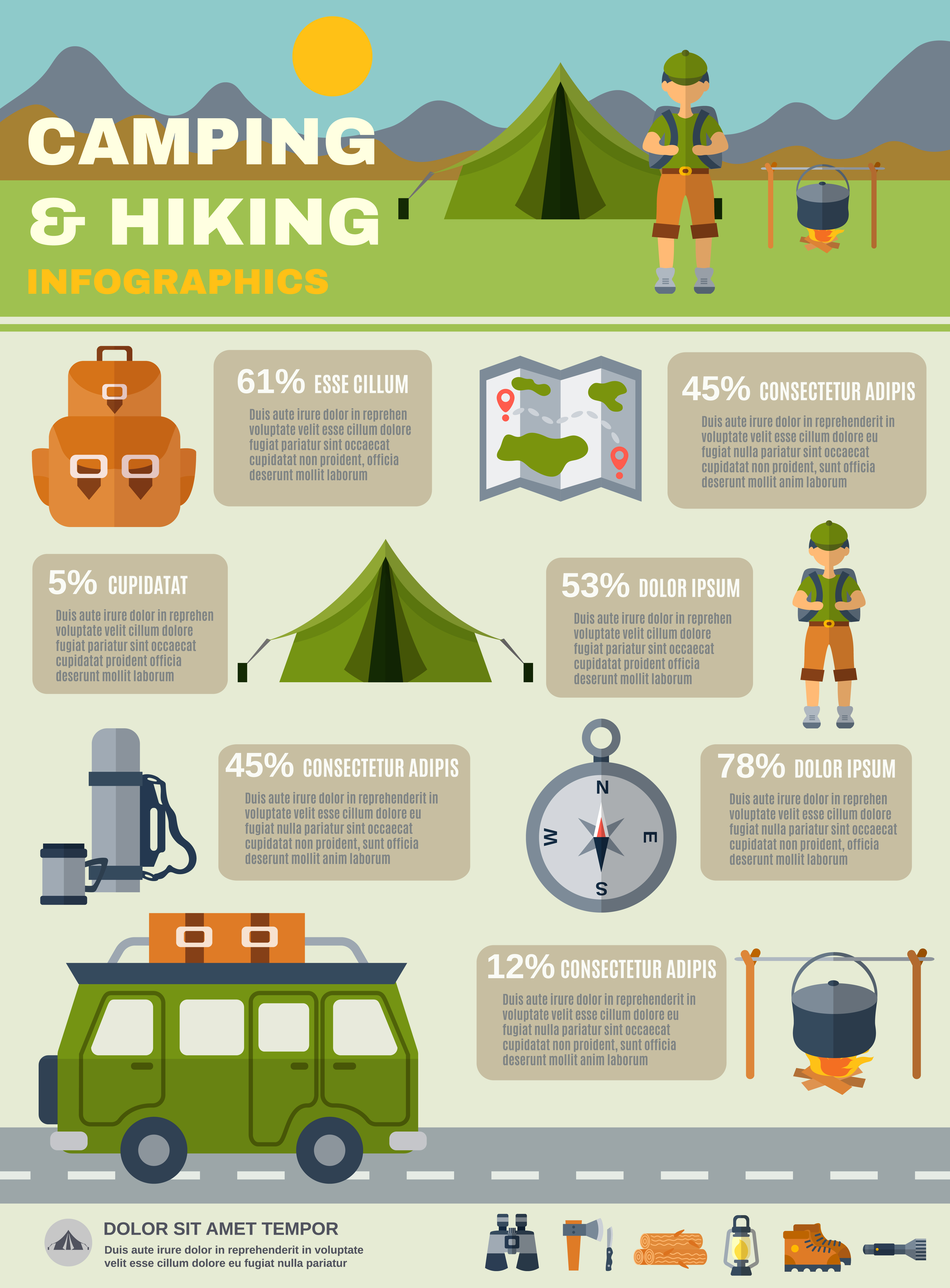Winter camping is an enjoyable and daring experience, yet it requires proper equipment to guarantee you remain cozy. You'll require a close-fitting base layer to catch your body heat, along with an insulating jacket and a waterproof covering.
You'll likewise require snow stakes (or deadman anchors) hidden in the snow. These can be linked using Bob's creative knot or a normal taut-line hitch.
Pitch Your Camping tent
Wintertime outdoor camping can be a fun and adventurous experience. Nonetheless, it is essential to have the appropriate equipment and understand just how to pitch your camping tent in snow. This will stop chilly injuries like frostbite and hypothermia. It is also important to consume well and stay hydrated.
When establishing camp, make certain to choose a website that is protected from the wind and without avalanche risk. It is also a good idea to pack down the area around your tent, as this will certainly help in reducing sinking from body heat.
Prior to you established your tent, dig pits with the same dimension as each of the support points (groundsheet rings and guy lines) in the facility of the tent. Load these pits with sand, stones or perhaps things sacks filled with snow to compact and secure the ground. You may likewise wish to think about a dead-man support, which entails linking outdoor tents lines to sticks of timber that are hidden in the snow.
Load Down the Location Around Your Outdoor tents
Although not a need in the majority of locations, snow risks (additionally called deadman supports) are a superb enhancement to your outdoor tents pitching package when outdoor camping in deep or pressed snow. They are primarily sticks that are made to be hidden in the snow, where they will certainly ice up and produce a strong anchor point. For best outcomes, make use of a clover hitch knot on the top of the stick and hide it in a couple of inches of snow or sand.
Set Up Your Camping tent
If you're camping in snow, it is a good concept to use an outdoor tents created for winter backpacking. 3-season outdoors tents work great if you are making camp below timber line and not expecting especially extreme weather, however 4-season tents have stronger poles and materials and offer even more protection from wind and heavy snowfall.
Make certain to bring appropriate insulation for your resting bag and a tent stove warm, completely dry inflatable floor covering to sleep on. Inflatable floor coverings are much warmer than foam and help avoid cold places in your outdoor tents. You can likewise add an extra floor covering for sitting or cooking.
It's additionally an excellent idea to set up your outdoor tents near to an all-natural wind block, such as a group of trees. This will certainly make your camp more comfortable. If you can not find a windbreak, you can produce your very own by digging openings and hiding objects, such as rocks, camping tent risks, or "dead man" anchors (old camping tent guy lines) with a shovel.
Tie Down Your Camping tent
Snow risks aren't required if you make use of the right methods to secure your tent. Buried sticks (possibly accumulated on your method walking) and ski posts work well, as does some version of a "deadman" hidden in the snow. (The concept is to create an anchor that is so strong you won't have the ability to draw it up, even with a great deal of initiative.) Some manufacturers make specialized dead-man anchors, however I favor the simplicity of a taut-line hitch connected to a stick and afterwards buried in the snow.
Know the surface around your camp, specifically if there is avalanche danger. A branch that falls on your tent might harm it or, at worst, wound you. Also be wary of pitching your camping tent on an incline, which can catch wind and bring about collapse. A sheltered area with a low ridge or hillside is far better than a high gully.
